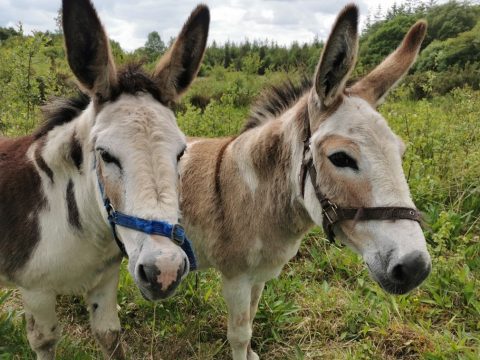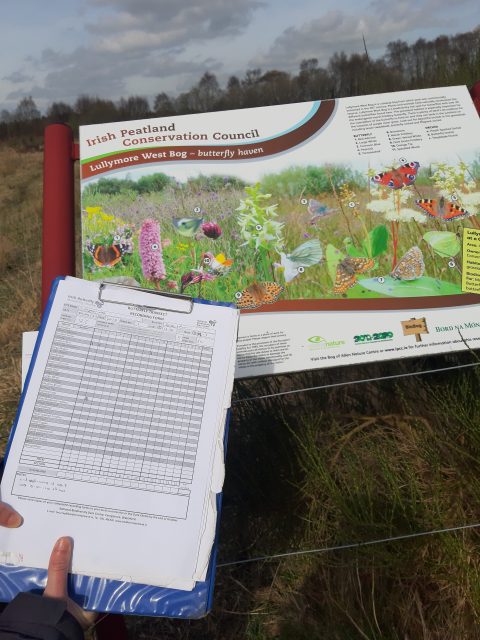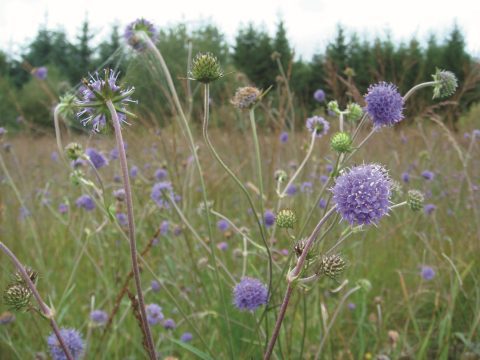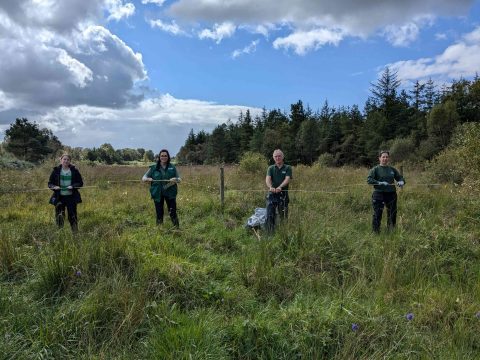Conservation in action
Conservation
Irish Peatland Conservation Council- Key Info
- What we’re doing
- What you can do
Conservation in action
Irish Peatland Conservation Council
Dublin Zoo has been supporting the Irish Peatland Conservation Council (IPCC) since 2011. The IPCC is an independent conservation organisation that works to conserve a representative sample of Ireland’s peatland habitats and biodiversity. Currently, our support is helping to fund their conservation of the threatened Marsh Fritillary butterfly at the Lullymore West Bog Nature Reserve, Co. Kildare.
Photos and video courtesy of the Irish Peatland Conservation Council.
Irish Peatland Conservation Council
Dublin Zoo has been supporting the Irish Peatland Conservation Council (IPCC) since 2011. The IPCC is an independent conservation organisation that works to conserve a representative sample of Ireland’s peatland habitats and biodiversity. Currently, our support is helping to fund their conservation of the threatened Marsh Fritillary butterfly at the Lullymore West Bog Nature Reserve, Co. Kildare.
Photos and video courtesy of the Irish Peatland Conservation Council.
Saving Ireland’s Peatlands
Located in Co. Kildare, the IPCC was founded in 1982 after building the first peatland inventory of Ireland. Their work has been guided by Peatland Conservation Action Plans. Through its ‘Save the Bogs’ campaign the IPCC gives a voice for peatlands through policy and stakeholder engagement, engages actively in peatland habitat and species conservation, management and monitoring and raises the profile of peatlands through their education programme. Since its formation, the IPCC has completed hundreds of projects involving thousands of people to conserve peatland heritage all over Ireland.

Conservation of the Marsh Fritillary
The IPCC’s Lullymore West Bog Nature Reserve, Co. Kildare, is home to the Marsh Fritillary butterfly, which is listed as Vulnerable on Ireland’s Red List of Butterflies and is the only Irish insect specifically protected under the EU’s Habitats Directive (1992). Its caterpillars only feed on one species of plant, the Devil’s-bit Scabious, meaning that adults only breed in habitats where this plant resides.
Unfortunately, changing land use practices around Ireland have resulted in fewer suitable habitats for Devil’s-bit Scabious, leading to a decline in the national Marsh Fritillary population. To help maintain the Fritillary’s Kildare population, the IPCC strategically manages the Lullymore site through controlled grazing by donkeys and scrub removal to provide a suitable habitat for Devil’s-bit Scabious and the butterfly. he success of these conservation efforts is tracked by regular monitoring of the habitat and annual larval and butterfly surveys.

Status of Ireland’s Peatlands
Many Irish peatlands are protected under the EU’s Habitats Directive (1992). While generally lower in biodiversity than other habitats, over 25% of Irish animal species depend on peatlands for various stages of their life cycles. They also harbour around 50% of threatened Irish bird species (such as the Eurasian curlew), over 60% of Irish butterfly species and Ireland’s only native terrestrial reptile, the common lizard. Furthermore, peatlands are the largest carbon stores on land, making them fundamental for combating global climate change.
Today, over 80% of Irish peatlands are considered degraded, which negatively impacts their ability to sustain wildlife and store carbon. The most significant causes are human activities such as habitat burning and draining, over-harvesting of peat, afforestation and livestock overgrazing.

Protecting Ireland's Peatlands
Community Engagement
To achieve their mission of protecting Ireland’s peatlands, the IPCC is dedicated to inspiring local communities to contribute to peatland conservation. Many of their nature reserves are accessible to the public, and their Bog of Allen Nature Centre, Co. Kildare, provides diverse educational experiences for general visitors.
These include exhibitions of Ireland’s peatland history, a greenhouse, habitat reconstructions and wildlife conservation gardens. The Nature Centre also offers various education programmes for schools and training courses for teachers looking to host peatland nature walks. Additionally, around 100 volunteers help the IPCC with the management of the Nature Centre and its nature reserves.

What they say about Dublin Zoo's Support
“Peatlands cover 20% of the land surface of Ireland and their provision of peat and as land bank for agriculture means they are culturally significant to our communities. Supported by research, today we understand the wide ranging ecosystem services of peatlands, that is the benefit we all receive from nature, including their importance as a habitat for biodiversity, for recreation and to support flood and climate mitigation measures.
As Ireland works towards a net zero economy and to end our biodiversity emergency the habitat and species conservation, management and restoration of a representative sample of peatlands is an action we should all work towards so that together we can continue to benefit from the many ecosystem services that peatlands provide our communities. Funding support from Dublin Zoo supports the IPCC to undertake weekly butterfly monitoring on Lullymore West Bog Nature reserve from the start of April- end September and marsh fritillary habitat assessments and larval nest counts in autumn and spring.”
– Nuala Madigan, Chief Executive, Irish Peatland Conservation Council